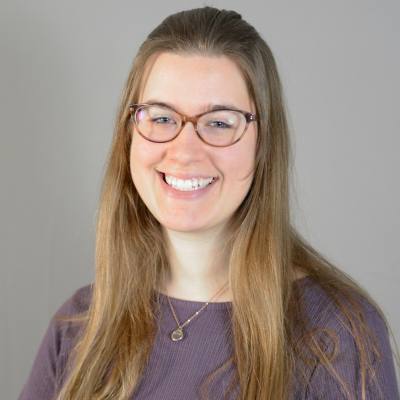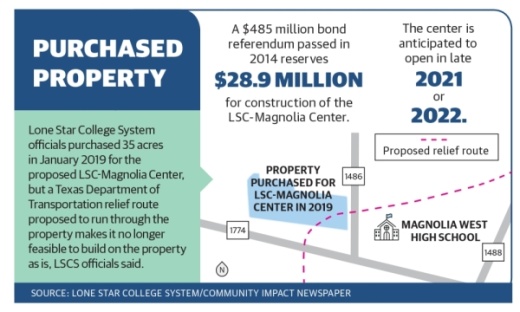“We did purchase that land, and we own it. The situation that has occurred, however, is that after the purchase of the land ... the new route for that relief route cuts right through the land. It kind of bisects it,” Riley said.
TxDOT’s proposed Magnolia relief route would create a new road from the ongoing Hwy. 249 extension east of the city of Magnolia to existing FM 1488 lanes west of the city, Public Information Officer Emily Black said, with a construction award date of January 2029. However, she said TxDOT has not begun land acquisition, and no conversations have taken place with LSCS to her knowledge.
“At this point, the decision to be made is whether to remain at that site and acquire land so that we can spread out to the west or the south, or to purchase land in another location and just start all over again,” Riley said.
Riley said she anticipates the center to open in late 2021 or 2022, a delay of about six months from the previous timeline, and take about 14-18 months to construct. A $485 million bond referendum approved by LSCS voters in November 2014 included $28.9 million for the LSC-Magnolia Center, Community Impact Newspaper previously reported.
Riley said programming at the center may be focused on science, technology, engineering and math, as well as workforce and career and technical education programs, but labor market needs will be examined closer to the center’s opening.
“We’ll probably do a whole new set of labor market statistics to help support a decision about that when the time comes. Things change really fast,” Riley said. “Those areas are growing so fast, and we have the ability to get very real time data on that.”





